
Lisa Grossman is the astronomy writer for Science News. Previously she was a news editor at New Scientist, where she ran the physical sciences section of the magazine for three years. Before that, she spent three years at New Scientist as a reporter, covering space, physics and astronomy. She has a degree in astronomy from Cornell University and a graduate certificate in science writing from UC Santa Cruz. Lisa was a finalist for the AGU David Perlman Award for Excellence in Science Journalism, and received the Institute of Physics/Science and Technology Facilities Council physics writing award and the AAS Solar Physics Division Popular Writing Award. She interned at Science News in 2009-2010.

Trustworthy journalism comes at a price.
Scientists and journalists share a core belief in questioning, observing and verifying to reach the truth. Science News reports on crucial research and discovery across science disciplines. We need your financial support to make it happen – every contribution makes a difference.
All Stories by Lisa Grossman
-
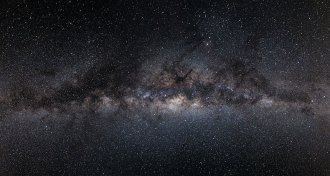 Astronomy
AstronomyA dozen new black holes found in Milky Way’s center
Twelve small black holes spotted in the Milky Way’s center suggest thousands more in the galaxy’s inner region.
-
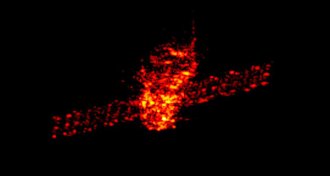 Astronomy
AstronomyA Chinese space station will fall to Earth this weekend
The Chinese space agency’s first space station is coming back to Earth this weekend. It probably won’t cause damage, but it will cause fireworks.
-
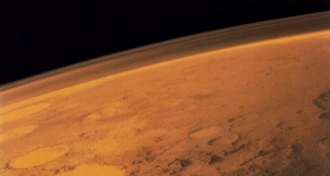 Planetary Science
Planetary ScienceWater may have killed Mars’ magnetic field
Extra hydrogen near the Red Planet’s iron core could have shut down convection.
-
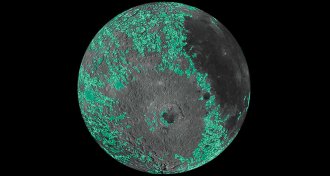 Planetary Science
Planetary ScienceThis spinning moon shows where debris from giant impacts fell
A new map shows that light-colored lunar plains point back to huge impact basins, raising questions about the age and history of the moon.
-
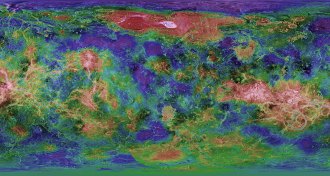 Planetary Science
Planetary ScienceVenus may be home to a new kind of tectonics
Venus’ surface seems to be divided into jostling blocks of crust, defying conventional wisdom about how the surfaces of rocky planets work.
-
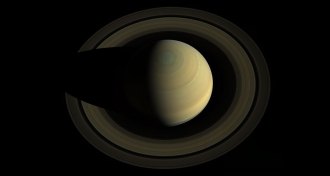 Planetary Science
Planetary Science5 things we’ve learned about Saturn since Cassini died
The Cassini spacecraft plunged to its death into Saturn six months ago, but the discoveries keep coming.
-
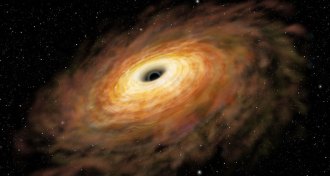 Astronomy
AstronomyAstronomers can’t figure out why some black holes got so big so fast
Early supermassive black holes are challenging astronomers’ ideas about how the behemoths grew so quickly.
-
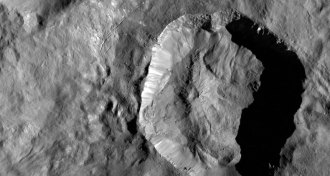 Planetary Science
Planetary ScienceDwarf planet Ceres may store underground brine that still gushes up today
Waterlogged minerals and changing ice add to evidence that Ceres is geologically active.
-
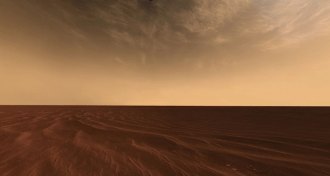 Planetary Science
Planetary ScienceCosmic dust may create Mars’ wispy clouds
Magnesium left by passing comets seeds the clouds of Mars, a new study suggests.
-
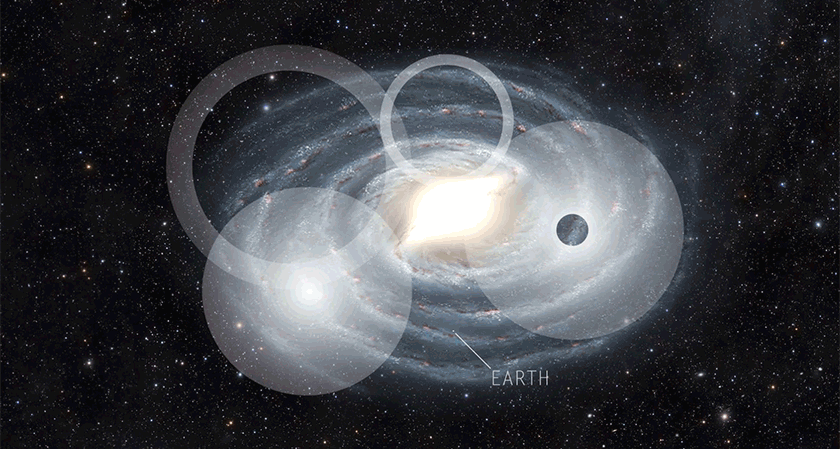 Astronomy
AstronomyWe probably won’t hear from aliens. But by the time we do, they’ll be dead.
Astronomers build on the Drake Equation to probe the chance that humans will find existing aliens. The answer: Not likely.
-
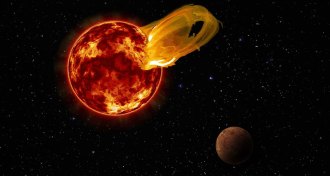 Astronomy
AstronomyMassive stellar flare may have fried Earth’s nearest exoplanet
A massive flare made Proxima Centauri 1,000 times brighter in 10 seconds, dimming hopes that its planet may be habitable.
-
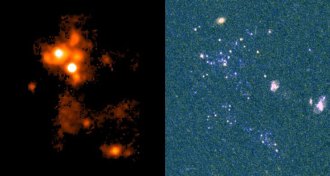 Astronomy
AstronomyLoner gas clouds could be a new kind of stellar system
Weird loner clumps of gas that have wandered for 1 billion years may have been stripped from a trio of larger galaxies.